Doom3 Linux and Windows Battlegrounds
by Kristopher Kubicki on October 13, 2004 12:50 AM EST- Posted in
- Linux
Full Screen Anti Aliasing
An interesting and helpful quality about the AnandTech FrameGetter is that it always records the first frame of a timedemo, so long as the timedemo takes more than 2 seconds to load. This makes sense, since the screen before the timedemo is almost always a static screen that just says "loading"; nothing new is outputted from the frame buffer. In any case, this provides us with excellent opportunity to do some very neat IQ testing.Curiously, our NVIDIA drivers have a slider for 16X AA. This is generally unsupported outside of the Quadro cards for NVIDIA on Windows. Attempting to run Doom3 on 16X AA resulted in less than 10FPS during the demo1 timedemo. In fact, we can enable 2X Bilinear, 2X Quincunx, 4X Bilinear or 4X 9-tap Gaussian, 8X or 16X AA. We have a simple analysis, which follows, of the below image under various AA settings.
The screenshot image that we are using for analysis can be seen below in 16X AA. Feel free to download our AA raw data files here.
Now, we look at a smaller piece of the puzzle for each image.
| AA Setting | Image (mouse-over for No AA) |
Difference Map (click to enlarge) |
| No AA | 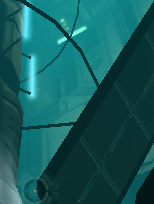 |
|
| 2X AA Bilinear |  |
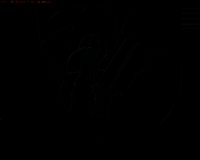 |
| 2X AA Quincunx | 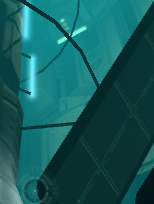 |
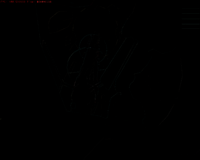 |
| 4X AA Bilinear | 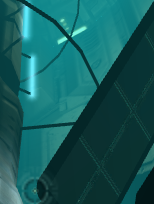 |
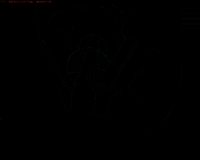 |
| 4X AA 9-tap Gaussian | 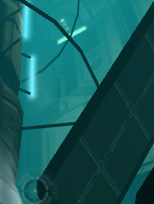 |
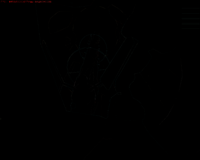 |
| 8X AA |  |
 |
| 16X AA | 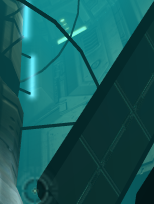 |
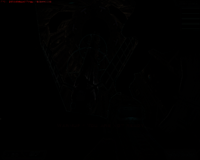 |
16X is clearly working on our Linux machine, to the advantage of our Linux users over our Windows users. Performance is abysmal, but it's not something that we are totally concerned about right now, since abysmal performance and Doom3 tend to go hand in hand a lot. The graph below demonstrates how AA affected performance in our demo1 timedemo on the 6800 for 1280x1024.
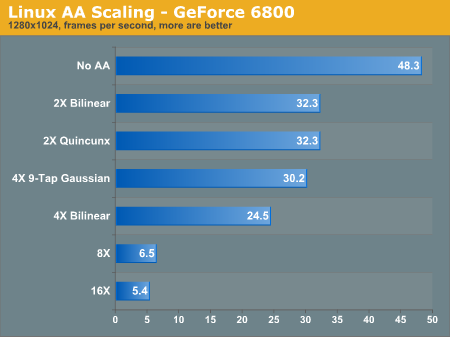
It should be noted that when setting AA higher than 4X on our GeForce 6800 cards, the screen would occasionally corrupt into a static/snowy image, and then freeze our entire machine.
It seems that our sweet spot for FSAA on Doom3 is right in the 4X 9-Tap Gaussian mode. 16X AA looks amazing;there is a clear, visual difference. However, the performance gap is extremely noticeable. Below, we have provided a difference map of 4X 9-Tap and 16X. The shadow seems considerably sampled, it looks less artificial now.
Although the difference is definitely visible between the two screenshots, it seems that 4X Gaussian does a fairly good job of cleaning up the jagged edges around the sides of the machine. The real difference seems to occur right in the center where the 16X image really blends the hard edges into a more fluid looking object.


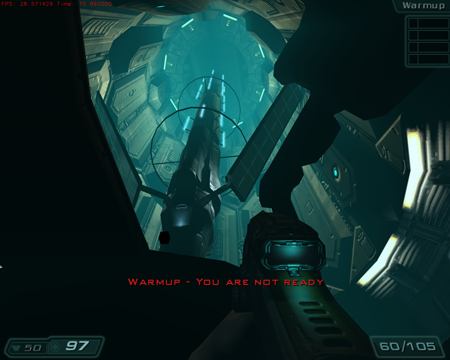
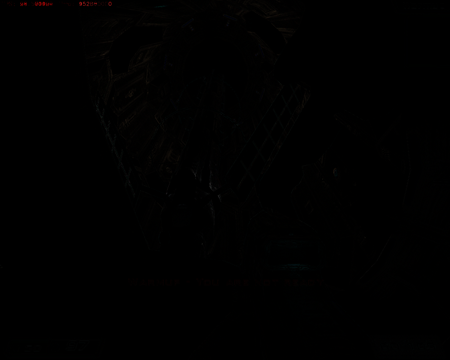








36 Comments
View All Comments
jediknight - Wednesday, October 13, 2004 - link
#15 - My bad to make such generalizations..but the fact that you can't even use an ATI card to play D3 doesn't bode well for Linux gaming...
jensend - Wednesday, October 13, 2004 - link
#14- bunk. All you can take away from this review is that Windows "owns Linux for" D3 1.1 performance. You can't generalize this for game performance in general. Most games show a less than 5% difference.BTW, another article on the same topic with more detail is at http://www.linuxhardware.org/article.pl?sid=04/10/...
jediknight - Wednesday, October 13, 2004 - link
I like the difference pictures.. although when you get up to 8x and 16x, they're probably unnecessary.But the thing to take away from this review is that Windows owns Linux for gaming performance.
icehot - Wednesday, October 13, 2004 - link
Interesting article. Was it just me or are the difference maps just pure black? Also I dont think things like 16xAA are really needed, after 2x or 4x the differences between anything higher and the original image is negligable, and definately not noticeable when playing, maybe if you really take the time to admire the scenary, but who does that when fighting monsters??Lwood - Wednesday, October 13, 2004 - link
According to an article over at LinuxHardware.org, the Linux build of Doom 3 is currently less optimized than the Windows build.Most notably SSE2 code is missing (but will be added later) and GCC does not optimize as good as VC.net.
Details here:
http://www.linuxhardware.org/article.pl?sid=04/10/...
I guess we can expect the gap to get smaller in later Doom 3 builds, but not to disappear entirely.
ViRGE - Wednesday, October 13, 2004 - link
Kris, odd, I swear that I was only getting 2 graphs per page when I read the article. I don't know if Firefox is bugging out on me or what.reljam - Wednesday, October 13, 2004 - link
Kris, please put Windows and Linux numbers on the same graph, you know that people will want to see how they stack up against each other.Not clear on why you wouldn't want to do that.
jensend - Wednesday, October 13, 2004 - link
Neither NV nor id has much of a reason to optimize heavily for linux, and it's entirely unsurprising that the windows version performs better. Nevertheless, I expect that the gap will close considerably as the Doom 3 engine matures.Myrandex - Wednesday, October 13, 2004 - link
The AA pictures won't work for me. When I click on them, I get a new window w/ the alert 'hold your mouse over the picture' and then the page doesn't load. When I hold my mouse over the original image, nothing happens. Also, the black pictures to the right of those are way to black to tell a thing about them. Interesting article though. I wonder if 16X AA would be playable in a lower resolution.Jason
Lwood - Wednesday, October 13, 2004 - link
That bit about the 16x AA you can enable in Linux is surely interesting. Maybe you can try this on a less performance-demanding game than Doom 3.I'd love to see UT 2004 and Enemy Territory benchmarks for this mode... :-)